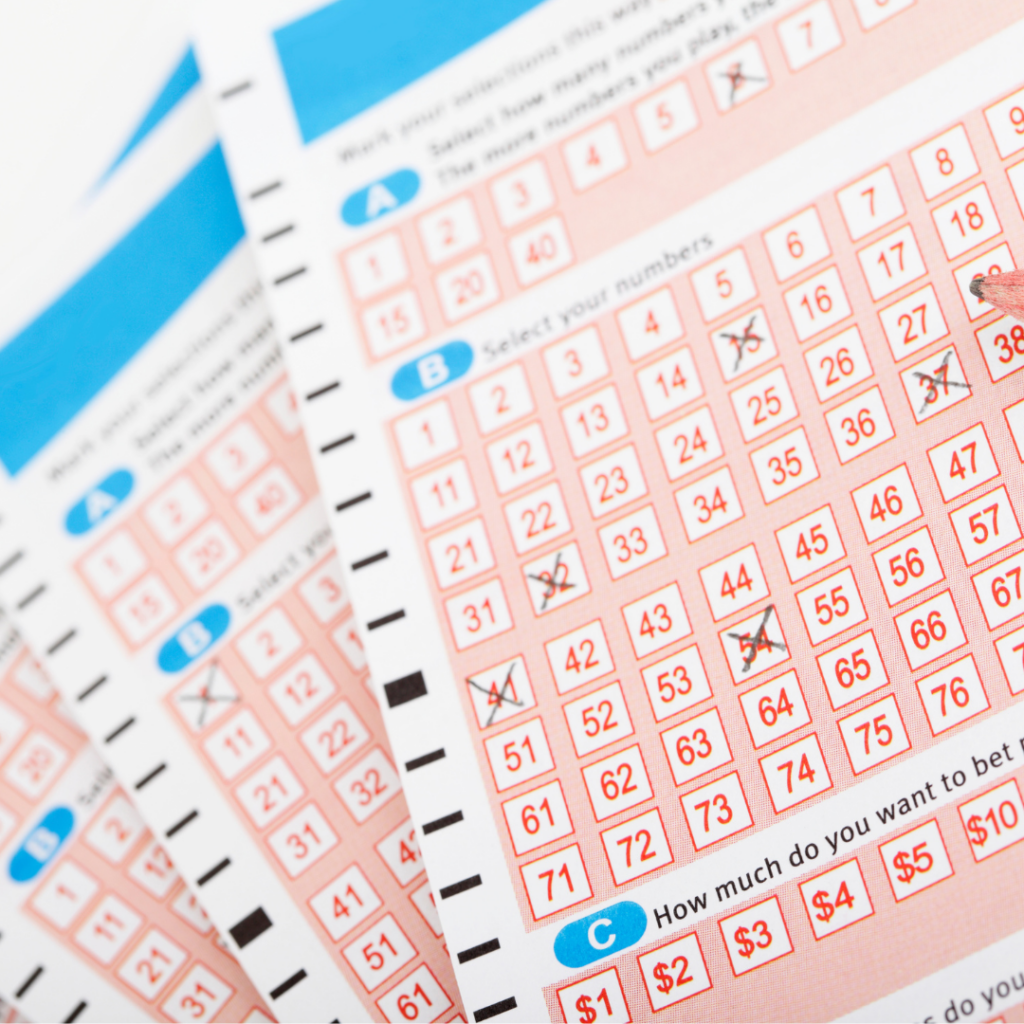Introduction
Recovering from a life-altering injury or illness often requires more than time. It requires expert care, tools that support healing, and personalised treatment approaches that fit the patient’s unique needs. Rehabilitation robotics is fast becoming a groundbreaking solution in the medical field, addressing these requirements with cutting-edge technology.
This blog explores the incredible ways rehabilitation robotics is revolutionising patient recovery, particularly for those grappling with neurological injuries, musculoskeletal disorders, or life-changing accidents. Whether you’re currently undergoing rehabilitation, seeking expert legal advice after a personal injury, or simply curious about the impact of robotics on healthcare, this comprehensive guide has you covered.
What Are Rehabilitation Robotics?
Rehabilitation robotics refers to the use of robotic systems designed to assist in the recovery process for individuals with physical impairments or disabilities. These solutions range from therapeutic robots that facilitate movement to exoskeleton devices assisting with mobility. They’re not just machines—they’re a collaborative effort between technology, medical expertise, and patients’ needs.
Through advanced tools like adaptive algorithms, real-time sensor feedback, and personalised therapy plans, robotic devices are becoming near-essential for effective rehabilitation in today’s healthcare landscape.
Key Examples of Rehabilitation Robotics
- Assistive robots – Help patients perform everyday tasks that would otherwise be difficult.
- Therapeutic robots – Enhance physical therapy, automating repetitive motions to strengthen muscles and improve mobility.
- Exoskeletons – Provide mechanical support to aid walking and movement, especially for spinal or lower-body injuries.
Why Rehabilitation Robotics Matters
Transitioning from traditional therapy to robotic-assisted recovery marks a significant evolution in patient care. Here’s why rehabilitation robotics is increasingly shaping the future of healthcare.
1. Addressing a Shortage of Therapists
Globally, there’s a shortage of qualified therapists, and innovative solutions like robotics fill this gap effectively. With assistive devices, patients can perform guided exercises even in lean clinical settings or at home under virtual supervision.
2. Personalised and Measurable Recovery Plans
Robotic solutions powered by AI can collect real-time data on a patient’s progress, offering measurable insights. By tailoring therapy regimens and refining them over time, these tools ensure each patient receives the exact level of care they need.
3. Faster Recovery Through Repetition and Precision
Human-led therapies, while effective, come with limitations in terms of consistency and endurance. Robots excel here, consistently repeating movements with precision, allowing patients to build both muscle memory and confidence more quickly.
Applications of Rehabilitation Robotics
The reach of rehabilitation robotics spans far and wide, cutting across various types of injuries, illnesses, and patient needs. Below are some key areas where this technology is making waves.
1. Neurological Rehabilitation
Neurological disorders such as strokes, multiple sclerosis, or brain injuries often result in reduced limb mobility and coordination. Robotics offers tools that can re-train the brain-body connection with repetitive, highly targeted movements. Examples include robotic gloves or arm assistive devices that help patients regain dexterity.
2. Orthopaedic Recovery
For individuals recovering from fractures, joint surgeries, or chronic musculoskeletal conditions, rehabilitation robots can aid in improving mobility and strength. Exoskeletons, in particular, provide support and correct gait deviations, helping patients walk again after injuries like spinal cord trauma.
3. Support for Geriatric Needs
As we age, conditions like arthritis or reduced muscle strength can significantly impact mobility. Rehabilitation robotics is particularly beneficial for older adults, offering gentle, low-strain exercises that are tailored to their physical capabilities.
4. Rehabilitation Therapy in Home Setups
Many rehabilitation robots are now portable and can integrate with telemedicine systems, enabling patients to continue treatment from the comfort of their own homes. With under-served areas often lacking robust rehabilitation programmes, this technology helps bridge the care gap.
Overcoming Challenges in Rehabilitation Robotics
While the potential of this technology is vast, it comes with its challenges.
- High Costs – With considerable investment in research and development, these devices remain expensive. Payment accessibility through insurance programmes is still limited in many regions.
- Resistance to Change – Traditional rehabilitation professionals may sometimes view robots as a threat to human interaction. However, fostering collaboration can drive better outcomes with technology complementing—not replacing—human care.
- Regulatory and Safety Concerns – The interaction between these systems and patients requires strict testing and validation to ensure safety and user-friendliness.
Legal Expertise in Rehabilitation Cases
For life-changing injuries, rehabilitation robotics doesn’t just improve physical outcomes—it brings clarity and structure to legal claims as well. Patients seeking personal injury compensation often require extensive evidence, including medical progress and future care costs. Advanced robotics provide measurable recovery data, which can strengthen claims for damages.
If your injury has left you navigating legal complexities, support is just a call away. The expert team at HOMS Assist specialises in helping you secure financial stability through detailed claims assessments, ensuring your treatment costs and recovery needs are fully covered. Contact us today for compassionate advice.
Looking Ahead
The future of rehabilitation includes a promising fusion of robotics, artificial intelligence, and personalised care. To maximise patient outcomes, the healthcare industry must align its resources to make robotic systems efficient and accessible to all.
Whether you’re actively undergoing recovery, advocating for a loved one, or simply interested in healthcare innovation, rehabilitation robotics is a story worth watching. For those navigating the legal maze after a life-changing injury, don’t hesitate to consult experienced professionals like the team at HOMS Assist for guidance.
Invest in a recovery that works for YOU—both physically and financially.









